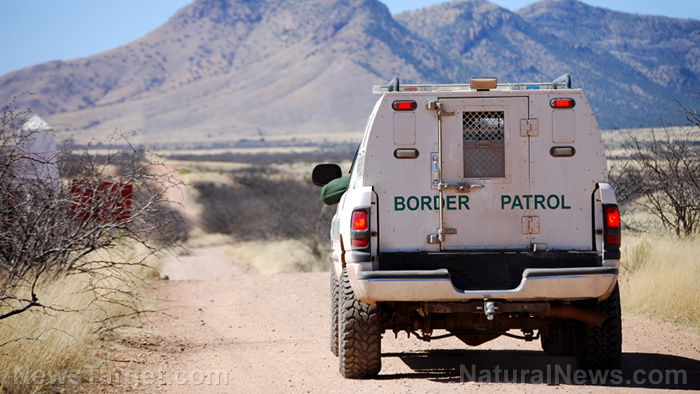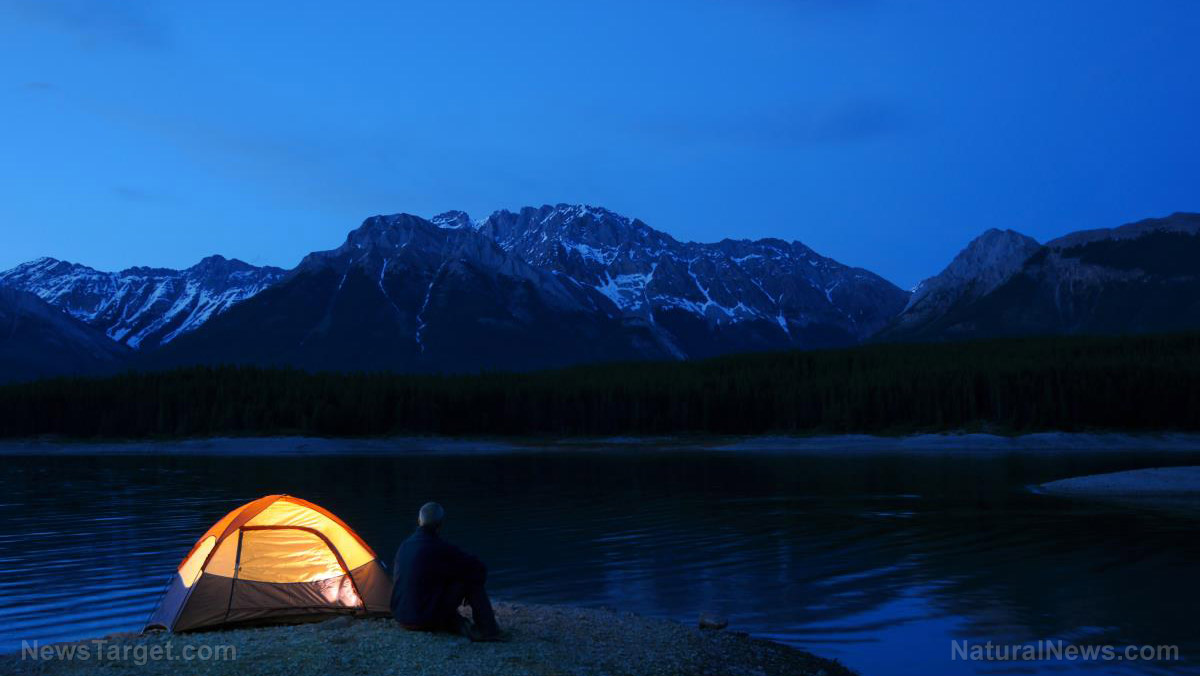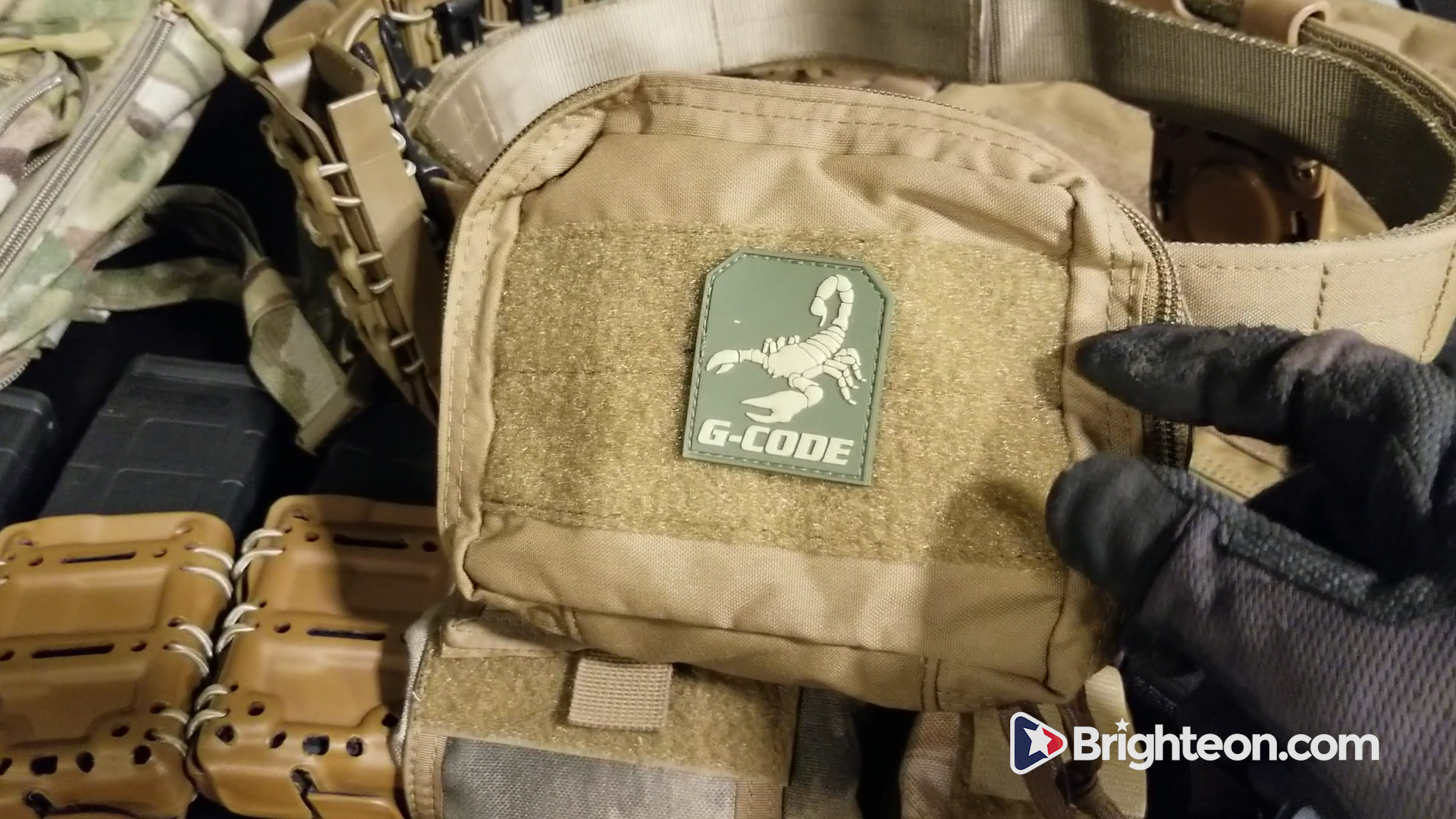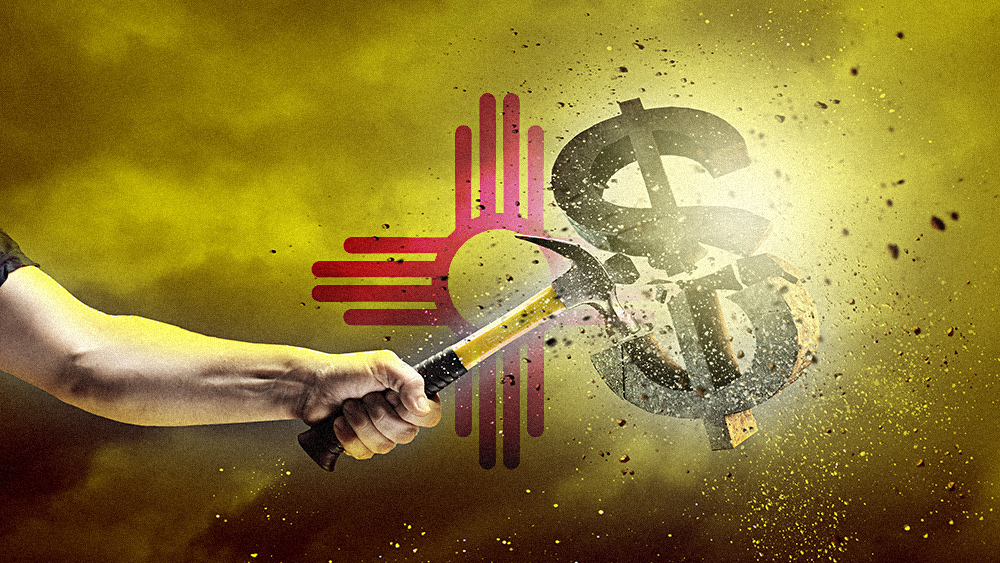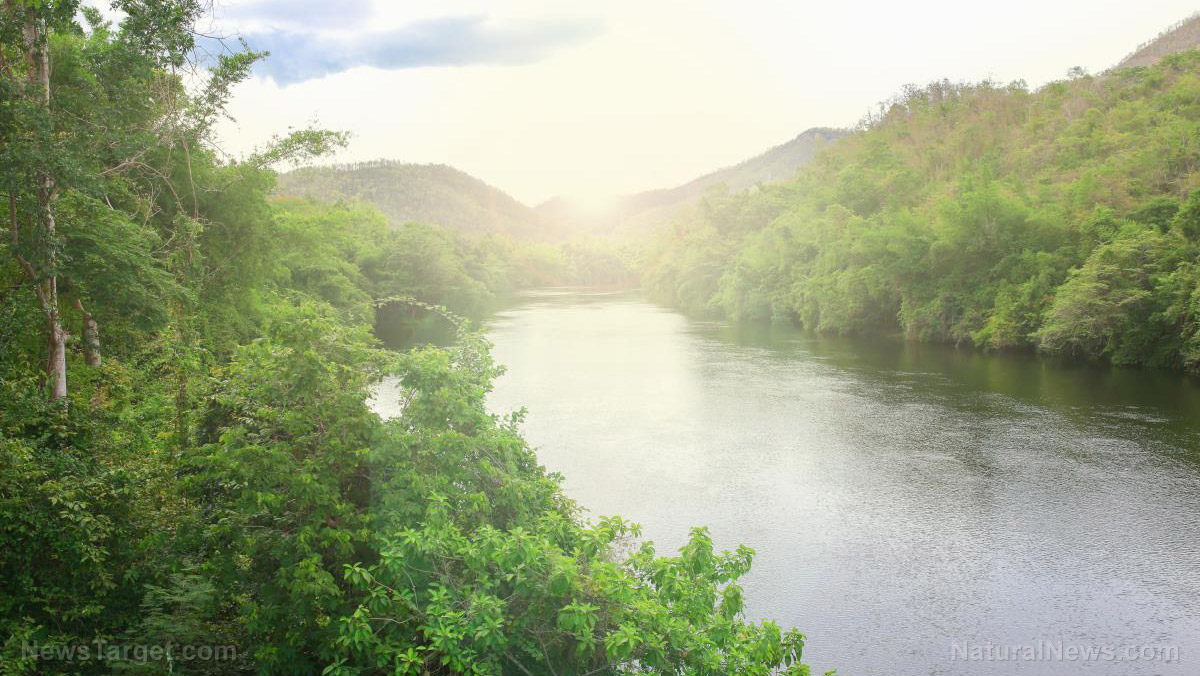Smart preppers know these common codes used to mark structures in disaster areas
02/21/2019 / By Jose Lopez
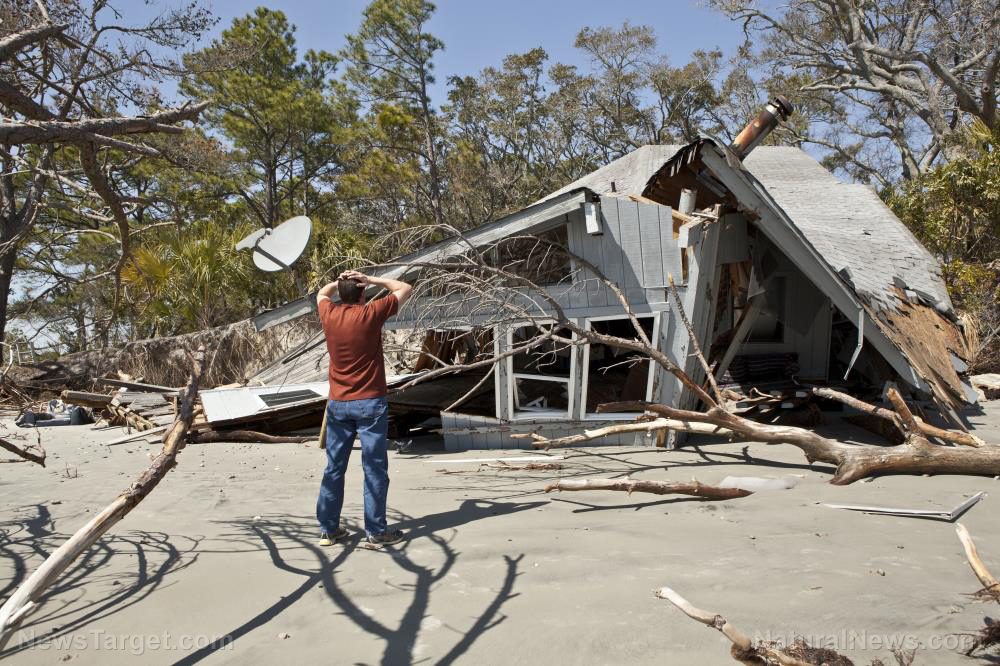
As our society builds more and more structures, the more comfortable and secure we feel. We feel we are able to manage better the extremes that nature throws upon us. Unfortunately, these can make us more vulnerable to disasters when they hit us.
A disaster that strikes an urban or inhabited area presents unique challenges. Structures that used to protect people from the elements may now become death traps for them or for those intending to rescue them. Search and Rescue (SAR) task forces that come into a disaster area have to rescue as many victims as they can in the shortest amount of time. Yet at the same time, they have to be cautious of incurring casualties among themselves. In order to speed up search and rescue operations, SAR organizations, both in the U.S. and around the world, have developed codes to mark structures within a disaster zone. These codes would indicate whether or not a building has been searched and what the searchers found, if anything. This system of markings tells rescuers — or retrievers — what to do next. It expedites the whole process and saves valuable time and effort, two of the most critical elements in a disaster situation.
Search and rescue codes you need to know
Smart preppers need to know the codes commonly used by search and rescue teams to mark structures in disaster areas. These can help you in at least two ways.
First, you can apply it on your own home or building, or even the area around your home, to keep searchers away from you. By the same token, you can remove or cover markings applied on other buildings so searchers will go into these buildings.
Sponsored solution from the Health Ranger Store: The Big Berkey water filter removes almost 100% of all contaminants using only the power of gravity (no electricity needed, works completely off-grid). Widely consider the ultimate "survival" water filter, the Big Berkey is made of stainless steel and has been laboratory verified for high-efficiency removal of heavy metals by CWC Labs, with tests personally conducted by Mike Adams. Explore more here.
Second, you can use the codes for your own assessment if you have to move through a disaster zone. There are numerous reasons why you could find yourself having to move through disaster zones. That particular disaster may have pushed you out or there is no other route for you to take except through a disaster zone. (Related: FEMA director says all Americans should be preppers… where is the apology from the media for mocking preppers and survivalists?)
FEMA codes
The U.S. Federal Emergency Management Agency (FEMA) marks structures in a disaster area with these:
- A single diagonal slash on a structure’s wall shows that searchers are presently conducting a search inside the building. This indicates the current location of searchers and avoids the duplication of effort.
- An X with writings around it indicates that a search team has finished searching. The time and date are written above the X; the search team identifier code is written on the left; hazards or special notes about the structure are written on the right. The bottom of the X is reserved for the number of victims, whether alive or dead, found in the structure.
- An X inside a square means “Dangerous – Do Not Enter!”
- A V with markings around it will indicate the locations of victims, if any.
INSARAG codes
INSARAG stands for the United Nations International Search and Rescue Group. They use a marking system that is used by many countries abroad:
- A 1 meter by 1 meter square is drawn in day-glo orange.
- The following information is written inside the square: G or N (for go or no-go), the team conducting the search, the time and date when the search started, and the time and date when it was completed.
- The number of live victims removed is written to the left of the square. The number of dead victims found is written to the right of the square. Missing persons or the location of other victims is written below the square.
- Hazards inside or outside the building is written above the square.
- When the team has completed the search, a horizontal line is drawn through the entire marking.
Learn more about search and rescue codes to keep you alive when SHTF at Preparedness.news.
Sources include:
FEMA.gov [PDF]
ReliefWeb.int [PDF]
Tagged Under: day-glo orange, disaster, FEMA, hazards, INSARAG, preparedness, prepper, prepping, search and rescue, SHTF, survival, Victims
RECENT NEWS & ARTICLES
COPYRIGHT © 2017 COLLAPSE.NEWS
All content posted on this site is protected under Free Speech. Collapse.news is not responsible for content written by contributing authors. The information on this site is provided for educational and entertainment purposes only. It is not intended as a substitute for professional advice of any kind. Collapse.news assumes no responsibility for the use or misuse of this material. All trademarks, registered trademarks and service marks mentioned on this site are the property of their respective owners.







